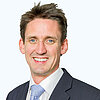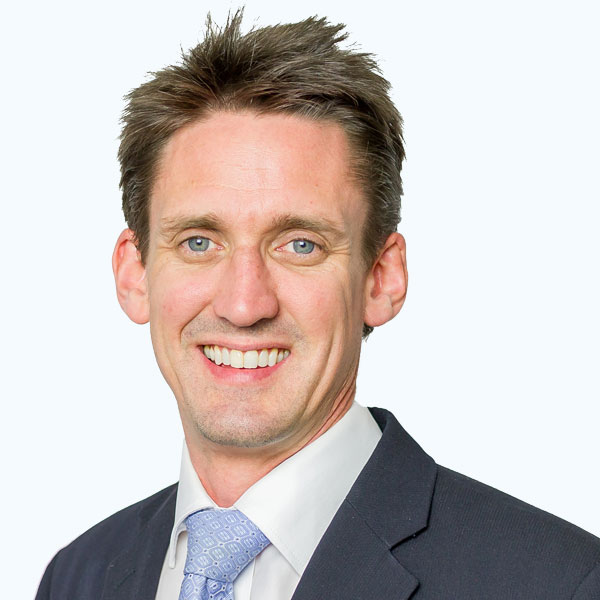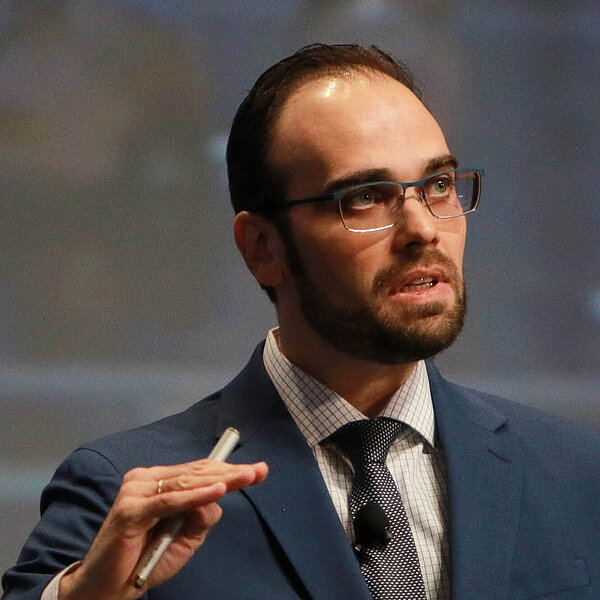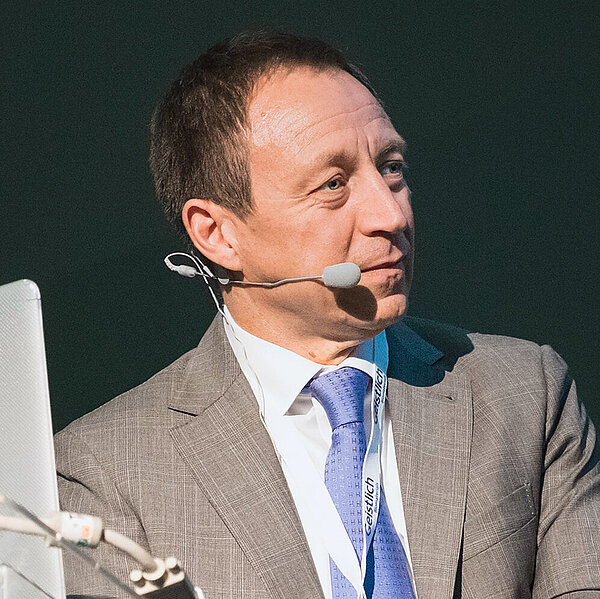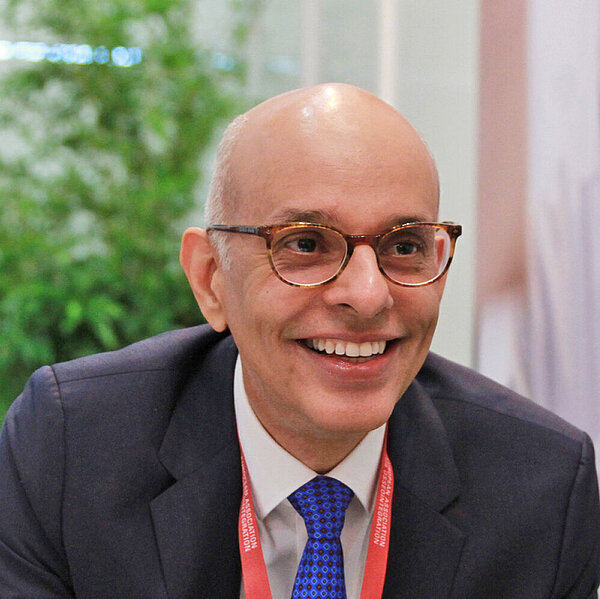
“The main factor in the etiology of error is time pressure.”
Dental teams make at least two errors per day, of which 1.4% may lead to an adverse event.¹ In this interview, the deputy and chairperson of the Advisory Board for Human Factors in Dentistry in the UK expand on the topics of awareness, errors and safety.
Prof. Wright, when did you become interested in the topic of Human Factors and Errors in dentistry?
Prof. Wright: My interest in the subject originated from a passion to drive safety in our teaching clinics. We wanted to develop protocols and processes that would help the students ensure that teaching clinics were as safe as possible. We listened to the work of our good friend Franck Renouard speaking about Human Factors at a conference, and his work² resonated with our thinking. What we were trying to do was exactly what Franck was talking about. When we introduced Human Factors into our clinics we started seeing not only what errors and mishaps occur but also the barriers that stop people from being open about them.
How was it for you Dr. Darbar?
Dr. Darbar: I work in a university hospital and in a dental practice too, so I am exposed to a wide range of challenges and mishaps of varying kinds. My personal experience was the observation that things were not working according to plan, but when trying to address the issue, people did not want to come forward, as they feared being blamed. These challenges made my team look at things differently. Our methods of using afteraction reviews showed that a simple mishap was clouded by multiple factors that we today refer to as Human Factors. After discussing with Simon, we realized that we were in different ways trying to address a number of the issues that were aligned, but in different settings. This was the beginning of the National Advisory Board for Human Factors in Dentistry (NABHF), which was established in July 2018.
What is the core mission of the board?
We want to raise awareness and understanding of human factors across all sectors in which dentistry is delivered, and work towards empowering a culture of openness in which “blame” is not the focus.³ Our aspiration is to move mindsets of dental care providers, teams, policymakers and regulators away from the fear of “retribution and reprimand” to one of openness, channeling the concept of “something will go wrong, and how are we going to deal with it,” and embedding this ethos into the day-to-day working environment.
Are there some clinical errors that happen more frequently? And if so, why?
Latent risk factors, such as communication errors, equipment-, environment-, systems-related and stress and fatigue, play major roles in errors and mishaps. However, the consequences of common human error in dentistry, like wrong tooth extraction and wrong-site surgery, do not, in most cases, lead to fatality, and as such, the emphasis is based on patient safety. For example, staff working with experienced clinicians are often afraid to raise any concerns. An experienced clinician is fitting an implant screw-retained crown in a patient using some very small drivers. The nurse assisting tried to suggest the use of floss tied to the driver to stop it from falling. The clinician ignored the suggestion and continued with the treatment. During this time, the patient suddenly moved and the clinician dropped the driver into the mouth which the patient subsequently swallowed. Fortunately the patient did not inhale the driver, but still had to go through the process of having a chest radiograph. Another example is when a patient presents with an emergency relating to a tooth that needs extraction. A decision to extract the tooth is made. Upon administering local anesthesia, there is an adverse event with the patient fainting, resulting in the extraction being aborted. At a subsequent visit, it transpires that fainting episodes had occurred at other, previous visits but were not documented in the clinical records. During analysis, it transpired that the dentist was always running late with appointments, as the clinic was overbooked and usually under a lot of pressure.
Is it possible to reduce the prevalence of errors caused by stress and fatigue?
The main factor in the etiology of error is time pressure, and this is best addressed with better time management.¹ There are some simple things that a clinical team can do to minimize stress, after identifying the cause. If during clinic time there are frequent interruptions, e.g., with people walking in and out of the operatory, such interruption should be stopped. If the clinic is constantly running late, then using self reflection to identify what is going on and addressing the reasons will help to change things and when treating patients treatment plans should be kept simple and manageable to reduce risks. This should be done ideally individually but also as a team supporting each other.
Clinicians often worry more about others than themselves. Unless we can raise our own awareness of the challenges and acknowledge the value of “me time” in keeping the balance, it can become an upward climb with no end in sight. And this may lead to a higher chance of mishaps occurring with a negative consequence on our wellbeing. Being open about these challenges is also invaluable in not feeling alone, especially as clinicians work in dental surgeries that are self-contained spaces. Asking for help early is critical to avoid risk. Taking these simple steps will help change mindsets and manage our mental resources, which are key parts of patient safety.
What other mindset changes are essential?
Focusing on the individual who caused an error promotes a “blame culture” and overlooks the reason the error occurred in the first place. Thus, we need to change our mindset to consider a system-centered approach that acknowledges all humans will make errors and that the underpinning systems and environments they work in should be designed to prevent such errors. Donald Berwick said, “We must accept human error as inevitable and design around that fact.” It is OK to make a mistake, but it is important to talk about it and learn from it as well as others learning from it. Changing mindsets is not easy at the best of times; however, if done in a proactive and non-threatening way, where retribution is not the reward, we may get to the point of encouraging openness and acknowledgement. In today’s healthcare system, a “we can do no wrong” approach is detrimental not only to patient care but also to ourselves, as evidenced by growing litigation. Unfortunately, evidence shows that certain personality types, such as the macho, impulsive, anti-authoritarian, have a negative impact on patient safety and are particularly common in dental surgeons. A superiority bias makes dentists think they are better than other dentists and gives them a feeling of invincibility and infallibility that evokes the adage: “I never make mistakes, and it will never happen to me.” This means that if a mistake were to happen, they would not own up to it, or worse, would still not recognize the mistake at all. Such behaviors, with lack of understanding and fear of retribution, are the main barriers to reporting mishaps in dentistry, which is further compromised if there are no appropriate and easy to use reporting systems.
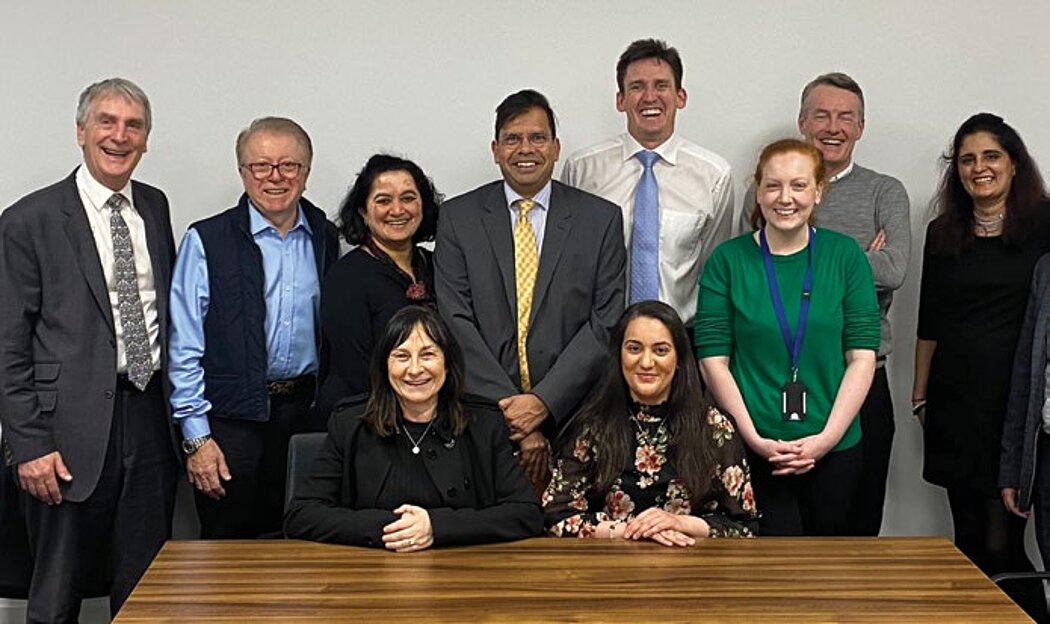
Do you remember the last time you made a clinical error?
Prof. Wright: A few weeks ago, I had to cancel a surgical appointment and rebook the patient because the surgical guide could not be found. Our normal protocol is to check everything a couple of days before, but on this occasion the surgical guide was not listed as a required tool. The team had not checked the records and did not realize it was needed. As they explained, “Right now we are just so busy!” I had to take the comment to heart and revisit how we do things and include the point on the pre-operative check list. Using the WHO surgical checklist, which we have adopted for dental use, can be helpful.⁴ Dr. Darbar: I have been seeing a patient with learning difficulties for many years. Her last appointment had made before Covid pandemic and lockdown. I made three attempts at undertaking a telephone consultation, all unsuccessful, so I advised our administration team to contact the patient. The next thing I knew was that the patient’s father had made a formal complaint about how his daughter had been treated. The letter stated that I had refused to see the patient and had asked for her to be discharged. I was shocked and taken aback. I looked into what had gone on and unbeknown to me, the patient had been contacted by our administration team saying she was discharged. The complaint was resolved when I saw the patient with her father and explained the circumstances.
Are Human Factors taught in dental schools?
Human Factors were only considered later on well into the professional lives of clinicians. However, as awareness of its importance to patient safety has risen, it is now being included in the undergraduate curriculum. But the way the topic is delivered varies by university, and most teach it as a separate module when it should underpin all core modules. In the UK at foundation level, immediate post registration training has now introduced Human Factors as a key learning concept, and both the National Health Services and Health Education England have embraced it in their concordance as well as in their safety agendas. Our Board is working with regulators to ensure that Human Factors is an integrated component in UK dental curricula.
What role does social media play?
It is a powerful tool in raising awareness and sharing information. However, if not used properly, social media could also be detrimental to the cause. It can help raise awareness that human factors encompass a number of components of which latent factors are major in dentistry. It can also be used to drive a mindset change and help clinicians move away from worry and fear about litigation, regulation and being judged by their peers, while also promoting the concept of “sharing is caring.”
Machines make fewer mistakes than humans. Will digital be the future of dentistry?
Machines are subject to human error, either in their programming or operation. Digital workflows will change how we do dentistry, but in highly complex cases where they are most useful, there are significant limitations. Digital dentistry is a double-edged sword. It can simplify treatments only if the clinicians know what they are doing. To understand how to use digital dentistry correctly requires experience and learning at the analog level. Without this, it would be impossible to know where the mistakes can happen or have happened. After all, our patients will never be “digital,” and dentists attempting procedures beyond their skills but relying on digital workflows can create more complications than solutions.
References:


